
World leaders are in Paris this week in hopes of reaching an agreement to tackle the global threat of climate change.
Why now? See for yourself:
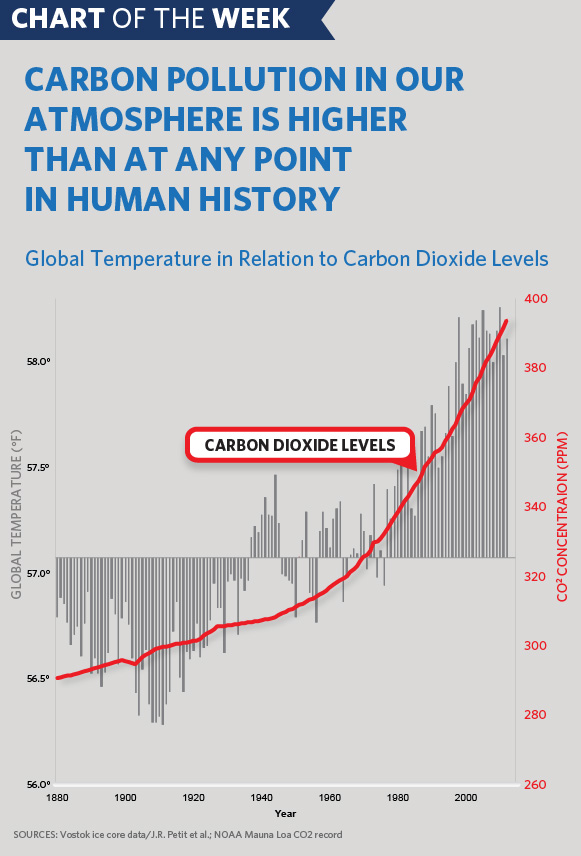
Here’s another way to look at it:
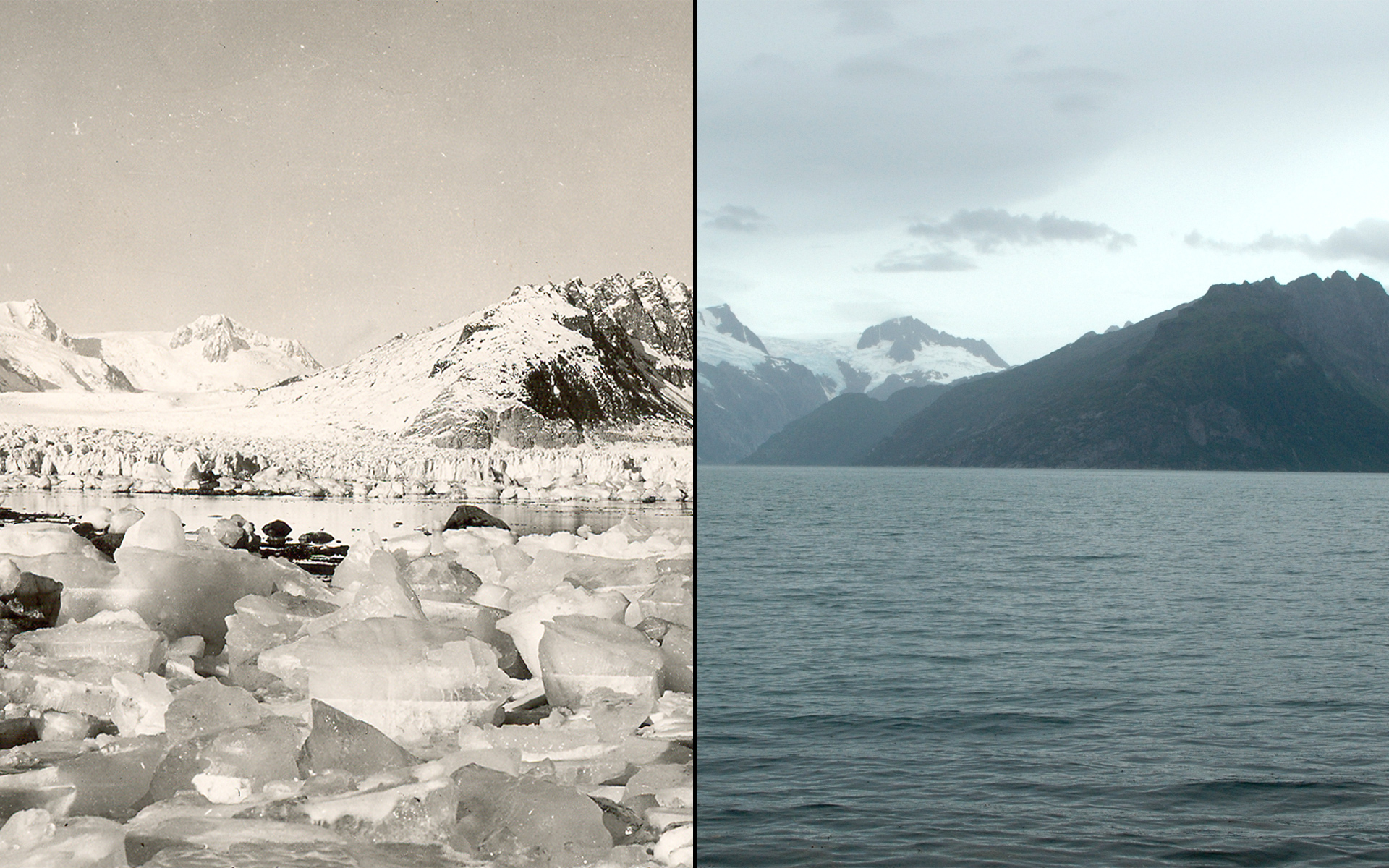
With few exceptions, glaciers around the world have retreated at unprecedented rates over the last century.
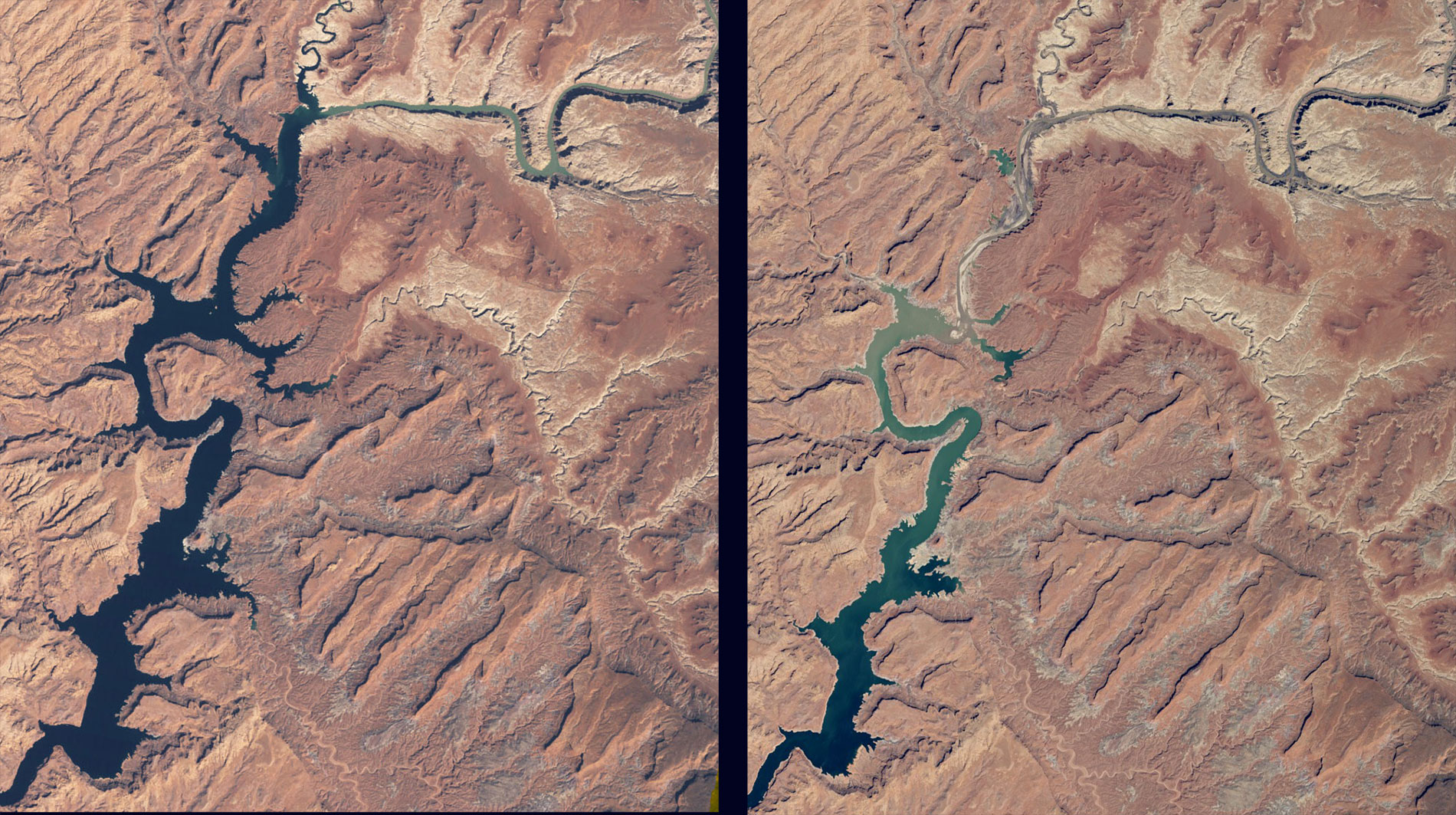
Prolonged drought coupled with water withdrawals have caused a dramatic drop in Lake Powell's water level. These images show the northern part of the lake, which is actually a deep, narrow, meandering reservoir that extends from Arizona upstream into southern Utah. The 1999 image shows water levels near full capacity. By April 2015, the lake had dropped to 42 percent of capacity.
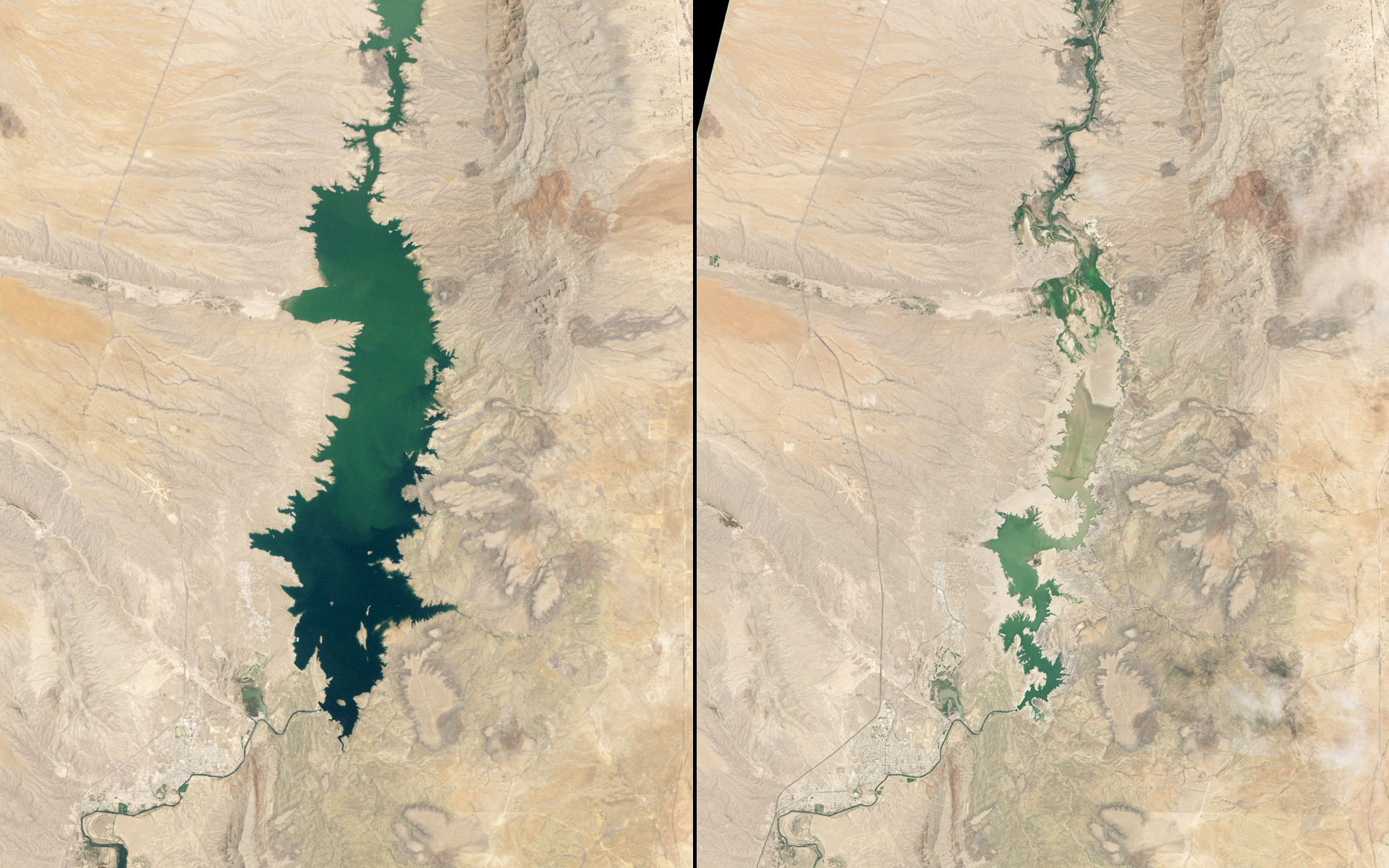
Elephant Butte Reservoir dwindled to its lowest level in 41 years during the summer of 2013, despite monsoon rains in early July. It had been filled nearly to capacity for most of 1985 to 2000; the left-hand image from 1994 shows it about 89 percent full. At right, it has been reduced to about 3 percent. Elephant Butte is fed by the Rio Grande and is New Mexico's largest reservoir. It provides water for about 90,000 acres (364 square kilometers) of farmland and nearly half the population of El Paso, Texas. Spring runoff from mountain snowpack was well below average in spring, 2013, and anemic rains throughout the beginning of the year left 80 percent of New Mexico grappling with either "extreme" or "exceptional" drought, the two most severe categories.
The precipitous rise in carbon pollution is what's driving climate change, leading to rising sea levels, more extreme drought, superstorms, wildfires, and public health problems across the world. No nation is immune to these consequences. Humans caused this rise in pollution and temperature, and it will take all of us to actually do something about it.
"What should give us hope that this is a turning point, that this is the moment we finally determined we would save our planet, is the fact that our nations share a sense of urgency about this challenge and a growing realization that it is within our power to do something about it."President Obama
Fortunately, global leaders -- both public and private -- are working together to find solutions that will meet the challenge. Under President Obama's leadership, we've increased investments in clean energy. We've multiplied wind power threefold, and solar power by more than thirtyfold. We've put in place the first-ever national standards that will limit the amount of carbon pollution emitted by our power plants. Because of these efforts, we've driven our carbon pollution to its lowest levels in nearly 20 years.
Thanks to this leadership, the world is following suit. More than 180 countries representing nearly 95% of global emissions have announced their own climate targets.
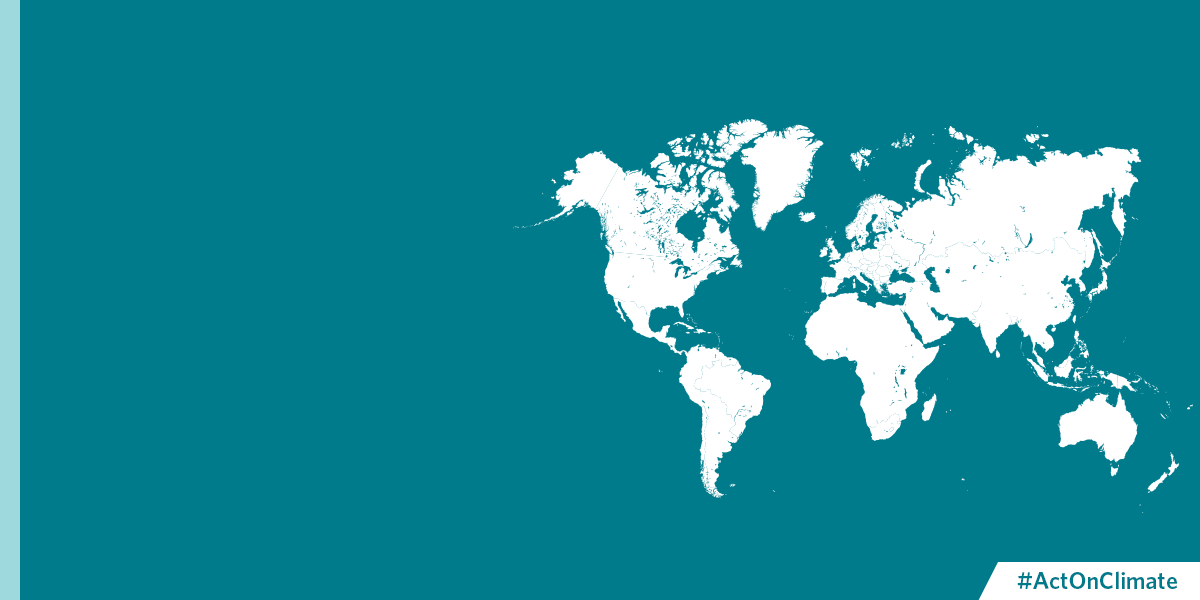
President Obama also joined 19 other leaders in announcing Mission Innovation, an initiative to dramatically accelerate public and private global clean energy innovation that will provide affordable clean energy to consumers and create additional commercial opportunities in clean energy. The private sector is joining the effort as well, through the Breakthrough Energy Coalition. Spearheaded by Bill Gates, this coalition of over 28 significant private capital investors from 10 countries will invest in innovative clean energy solutions to provide affordable, reliable energy that doesn't produce carbon.
Ultimately, in Paris, what we hope to achieve is a lasting global agreement that:
- Reflects ambitious climate targets from all countries;
- Puts in place a long-term framework that incentivizes countries to ratchet down their emissions over time in a transparent way with a path toward achieving a low-carbon transformation by the end of the century;
- Provides financial and technical support to the poorest and most vulnerable countries.
No agreement can serve as the "silver bullet" to solve climate change. However, this agreement could help ensure that American action is met with global action to reduce the impact of climate change and preserve a planet that is worthy of our children. So check back here to get the latest from Paris, follow @FactsOnClimate on Twitter, and learn what else you can do to help ensure the world joins the U.S. to #ActOnClimate.


